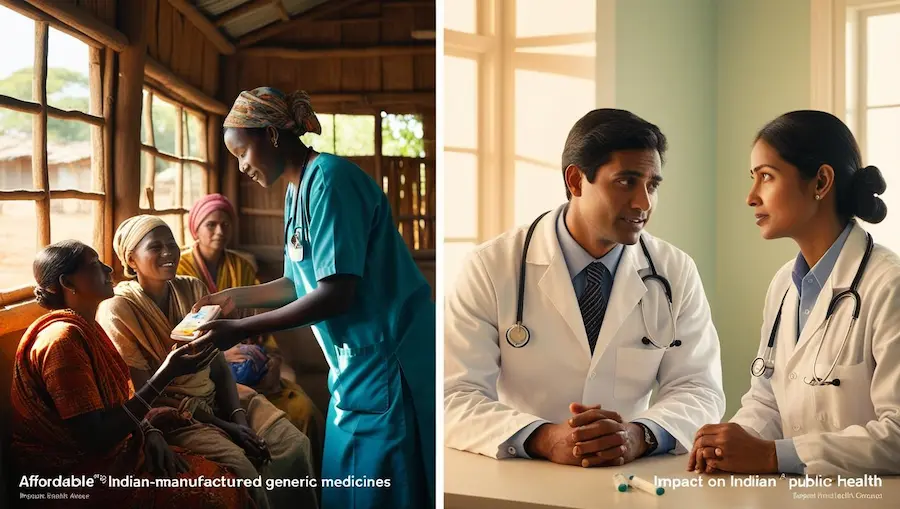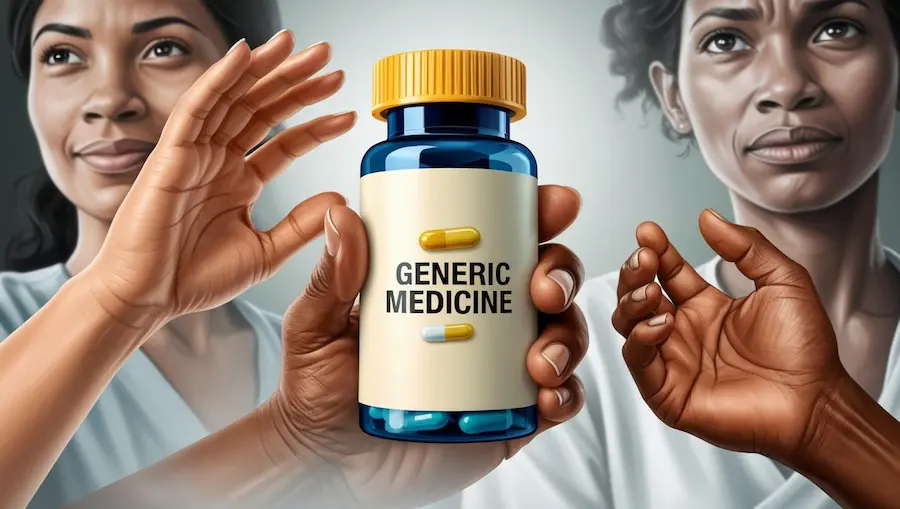
Imagine a world where life-saving medicines are affordable, accessible, and trusted by millions—yet the very same drugs face skepticism in their country of origin. This paradox defines India’s generic pharmaceutical industry. Globally, Indian generics dominate, supplying 40% of the U.S. market and transforming healthcare in developing nations. They’re hailed as game-changers, slashing costs and saving lives. But back home, these same medicines are often dismissed as unreliable, plagued by quality concerns and regulatory lapses. How can a nation that powers the world’s pharmacies struggle to win trust within its borders? The answer lies in a tale of contrasts, challenges, and untapped potential.
Generic medicines in India often face challenges that can lead to their perceived ineffectiveness. Here’s a breakdown of the key reasons:
1. Quality Concerns
- A significant issue is the lack of stringent quality control. Reports suggest that less than 1% of generic drugs in India are tested for quality, leading to doubts about their efficacy.
- Variability in manufacturing standards across companies results in inconsistent drug quality. Some generics may not meet bioequivalence standards, meaning they don’t work as effectively as their branded counterparts.
2. Weak Regulatory Oversight
- India’s regulatory framework struggles with enforcement. Substandard or counterfeit drugs can enter the market due to inadequate monitoring and corruption in the approval process.
- Testing and inspections are irregular, allowing low-quality products to circulate.
3. Lack of Standardization
- Generic drugs often lack uniformity in their active ingredients, dosage forms, or absorption rates. This inconsistency can lead to reduced therapeutic effects.
- Unlike branded drugs, generics may not always undergo rigorous clinical trials to prove their efficacy.
4. Distrust Among Doctors and Patients
- Many doctors prefer prescribing branded drugs due to concerns about the reliability of generics. They fear that poor-quality generics could harm their patients or damage their professional reputation.
- Patients, too, often associate lower prices with inferior quality, leading to a lack of confidence in generics.
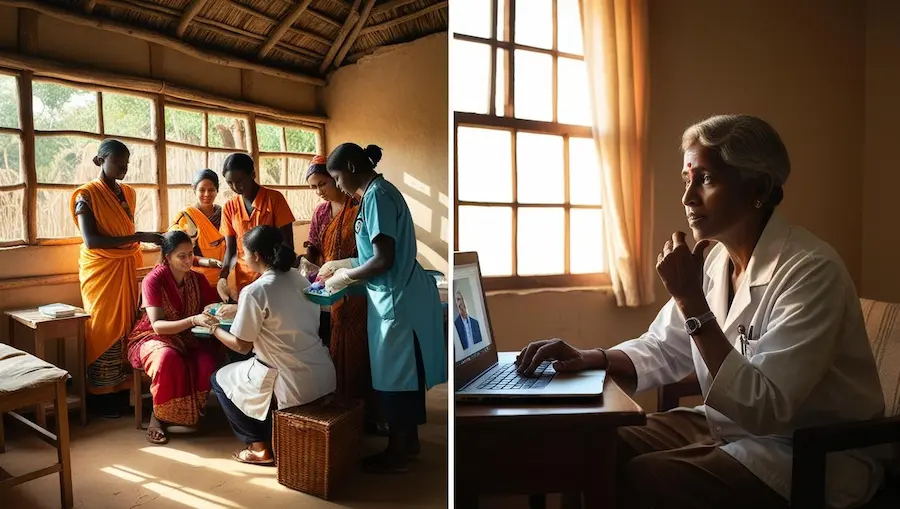
5. Pharmaceutical Practices
- Pharmaceutical companies often incentivize doctors to prescribe branded drugs, creating a bias against generics.
- Pharmacies may push branded drugs over generics due to higher profit margins.
6. Supply Chain Issues
- Poor storage and transportation conditions can degrade the quality of generic medicines, especially in rural areas where infrastructure is lacking.
7. Consumer Awareness
- Many patients are unaware of the availability or benefits of generics. They may not ask for them, and pharmacists may not offer them as alternatives.
8. Corruption and Inefficiencies
- Corruption in drug approval processes and inefficiencies in government programs like Jan Aushadhi Kendras (which promote generics) further hinder the adoption of high-quality generics.
Impact on Public Health
These issues lead to ineffective treatments, prolonged illnesses, and increased healthcare costs. They also erode trust in the healthcare system, making it harder to promote affordable, accessible medicines.
The Way Forward
To address these challenges, India needs stricter quality control, better regulatory enforcement, and public awareness campaigns to build trust in generics. Expanding initiatives like Tamil Nadu’s double-blind quality testing for government-supplied drugs could serve as a model for ensuring consistent quality nationwide.
Scene Abroad
Indian generic medicines perform exceptionally well abroad, often better than they do domestically, for several reasons:
1. Global Quality Standards
- Indian pharmaceutical companies are major suppliers to highly regulated markets like the US, Europe, and Japan. Over 650 Indian manufacturing plants are US-FDA approved, the highest outside the US. This ensures that exported generics meet stringent quality and safety standards.
- For example, Indian generics account for 40% of the US’s generic drug demand and 25% of the UK’s. These markets demand rigorous compliance, which Indian companies have mastered.
2. Cost-Effectiveness
- Indian generics are significantly cheaper than branded drugs, making them highly attractive in cost-conscious healthcare systems. For instance, Indian generics have reduced the cost of life-saving drugs like HIV antiretrovirals and cancer treatments globally.
- In the US, Indian generics are often 33% cheaper than local alternatives, helping reduce healthcare costs.
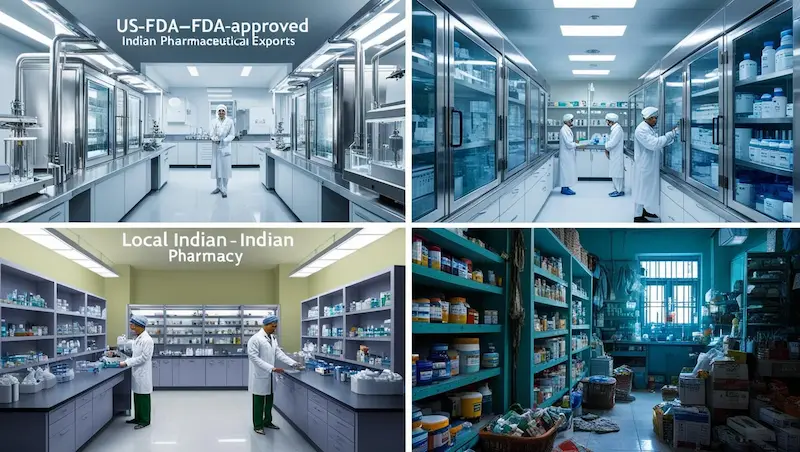
3. Global Trust and Humanitarian Impact
- Organizations like UNICEF, Médecins Sans Frontières, and the Global Fund rely heavily on Indian generics for affordable treatments in developing countries. India supplies 60% of the global demand for anti-retroviral drugs used in HIV treatment.
4. Regulatory Challenges and Adaptability
- While Indian companies face strict regulatory scrutiny abroad, they have adapted well. For example, companies like Sun Pharma, Dr. Reddy’s, and Cipla have consistently secured USFDA approvals for their products.
- However, compliance costs and occasional bans due to quality lapses (e.g., USFDA warnings) remain challenges.
5. Market Dominance
- India is the largest global supplier of generics, fulfilling 20% of the world’s generic drug demand. Its exports span over 200 countries, with the US, Europe, and Africa being key markets.
6. Innovation in Generics
- Indian companies are moving beyond basic generics to high-value products like biosimilars and complex generics, which are gaining traction in developed markets.
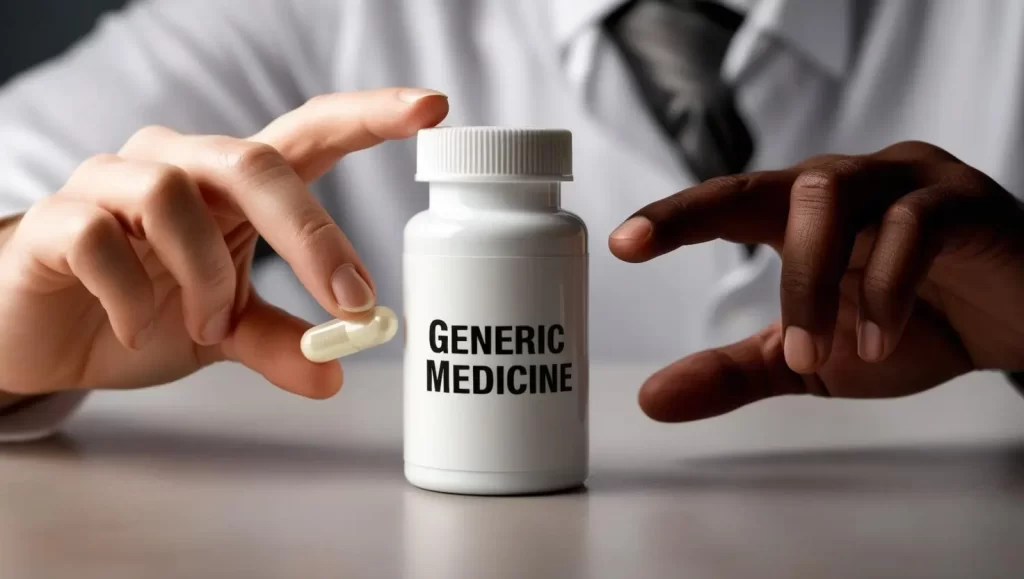
Why They Fare Better Abroad
- Regulatory Oversight: Exported generics are subject to stricter quality checks compared to those sold domestically, ensuring higher standards.
- Market Incentives: Developed markets offer better profit margins and higher demand for quality generics.
- Brand Perception: Indian generics are often seen as reliable and affordable alternatives in global markets, unlike the skepticism they face domestically.
In summary, Indian generics thrive abroad due to their affordability, adherence to global standards, and the trust they’ve built in international markets. While they face challenges like regulatory hurdles and competition, their dominance in the global pharmaceutical landscape remains strong.
State of generics worldwide
The state of generic medicines in the US, Europe, and Africa varies significantly due to differences in regulatory frameworks, market dynamics, and healthcare priorities.
United States
The US has the largest generic drug market globally, with generics accounting for 90% of all prescriptions filled but only 20% of total drug spending. The FDA oversees a rigorous approval process to ensure safety and efficacy, which has fostered trust in generics. However, the market is highly competitive, leading to price wars that sometimes result in shortages, especially for sterile injectables. While generics have saved the US healthcare system billions, challenges like price volatility and supply chain issues persist. Importation of generics from well-regulated foreign markets is being explored to address shortages.
Europe
Europe’s generic drug market is diverse, with significant variations across countries. The European Medicines Agency (EMA) provides centralized oversight, but individual nations have their own regulatory bodies and pricing mechanisms. Countries like Germany and the UK have high generic penetration (over 80% in volume), while southern nations like Italy and Spain are catching up. Pricing is often controlled through reference pricing systems, keeping costs stable but sometimes limiting market competition. Overall, Europe emphasizes cost containment and accessibility, with generics playing a key role in reducing healthcare expenses.
Africa
Africa faces unique challenges in its generic medicines market. The continent relies heavily on imports, with 70-100% of medicines sourced from outside, primarily India and China. Local production is limited, though initiatives like the Pharmaceutical Manufacturing Plan for Africa aim to boost domestic manufacturing. Generics are critical for addressing diseases like HIV, malaria, and non-communicable diseases, but barriers such as weak regulatory systems, lack of skilled labor, and high costs of active pharmaceutical ingredients hinder progress. Efforts to harmonize regulations and improve local production are underway, but the market remains underdeveloped compared to the US and Europe.
In summary, while the US and Europe have mature and well-regulated generic drug markets, Africa is still working to build local capacity and reduce dependency on imports. Each region’s approach reflects its healthcare priorities and economic realities.
In the United States, generic medicines dominate the prescription market in terms of volume, while branded drugs account for the majority of spending. Here’s the breakdown:
Volume: Generic drugs make up about 88-89% of all prescriptions dispensed in the U.S. (as of 2023). This includes both unbranded generics (around 88%) and branded generics (approximately 2-3%).
Spending: Despite their dominance in volume, generics only account for about 14% of total prescription drug spending. Branded drugs, which are far more expensive, represent 86% of total spending.
This disparity highlights the cost-effectiveness of generics and their critical role in reducing healthcare costs, even though branded drugs still dominate revenue due to their higher prices.
The reason generics account for only about 14% of total prescription drug spending in the U.S., despite making up nearly 90% of prescriptions filled, boils down to pricing dynamics and the cost structure of branded versus generic drugs. Here’s why:
1. Generics Are Inexpensive
- Generic drugs are significantly cheaper than branded drugs because they don’t require the same level of investment in research, development, and marketing. Once the patent on a branded drug expires, generic manufacturers can produce the same drug at a fraction of the cost.
- The competition among multiple generic manufacturers drives prices even lower. In some cases, generic drugs cost 80-90% less than their branded counterparts.
2. Branded Drugs Are Extremely Expensive
- Branded drugs, especially newer ones, are often priced in the hundreds or thousands of dollars per dose. This is because pharmaceutical companies aim to recoup the billions of dollars spent on research, clinical trials, and marketing during the patent-protected period (typically 20 years, though effective exclusivity is often shorter).
- Specialty drugs, such as biologics for cancer, autoimmune diseases, or rare conditions, are particularly expensive and account for a large share of total drug spending. These drugs are often still under patent protection and have no generic equivalents.
3. Specialty Drugs Drive Spending
- Specialty drugs, which are often branded, make up 50% or more of total drug spending in the U.S., even though they represent a small fraction of prescriptions. These include treatments for conditions like cancer, multiple sclerosis, and rare genetic disorders.
- Generics, on the other hand, are more commonly used for chronic conditions like hypertension, diabetes, and high cholesterol, which are less expensive to treat.
4. Insurance and Reimbursement Dynamics
- Insurance companies and pharmacy benefit managers (PBMs) often negotiate steep discounts and rebates for branded drugs, but the list prices remain high. Even after discounts, branded drugs still cost far more than generics.
- Generics, being cheaper, don’t generate the same level of rebates or discounts, so their contribution to overall spending is smaller.
5. Market Exclusivity for Newer Drugs
- Many of the most expensive drugs are still under patent protection, meaning there are no generic alternatives available. This keeps branded drugs’ share of spending disproportionately high.
In Summary
Generics dominate in volume because they are affordable and widely prescribed for common conditions. However, branded drugs dominate in spending because of their high prices, especially for specialty and patented medications. This imbalance reflects the U.S. healthcare system’s reliance on generics for cost savings while still grappling with the high costs of innovative, branded therapies.
